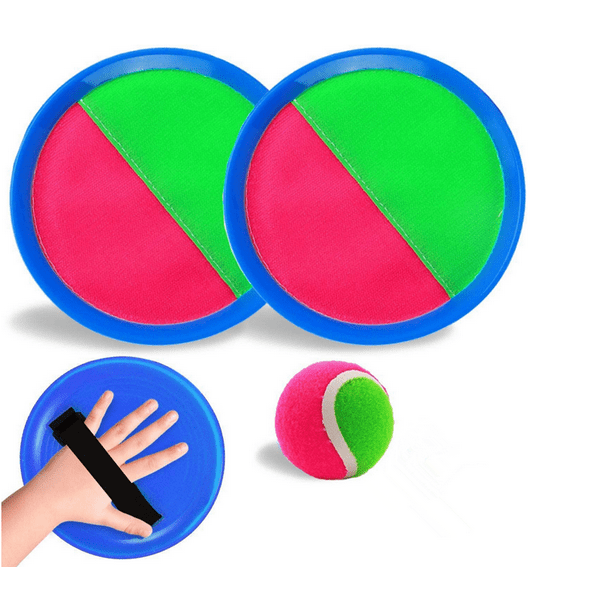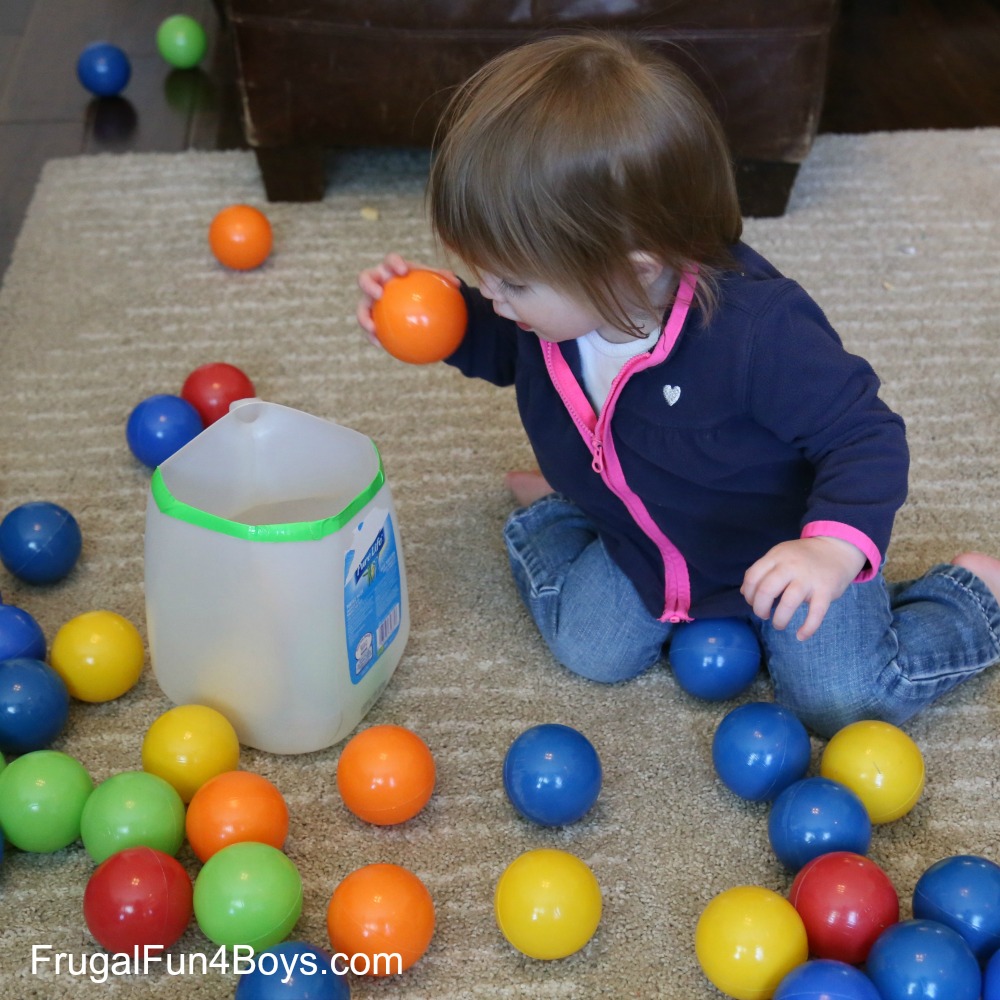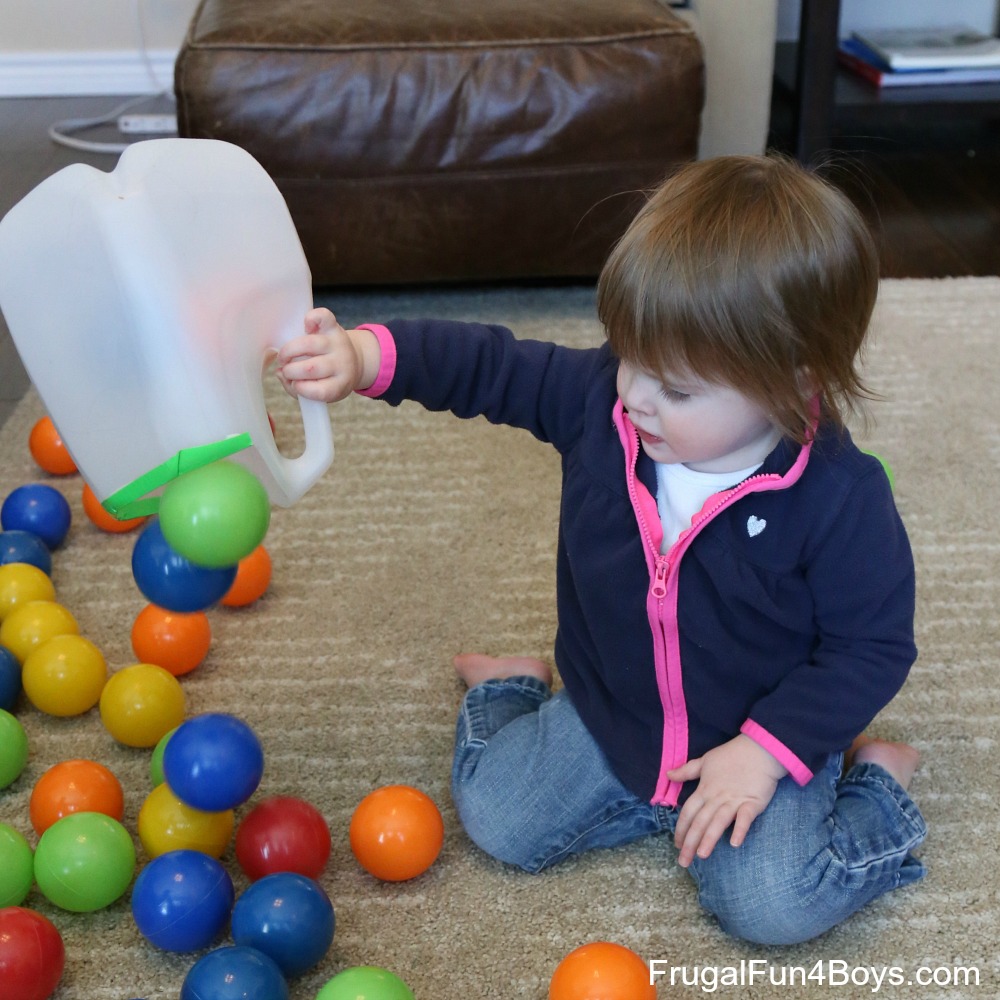
Amazon.com: Shaking Swing Ball Game for Kids, Indoor Outdoor Games for Adults and Family, Fun Party Activity Summer Toy with 24 Balls, Kids Birthday Party Games for Ages 4 and Up, for

Amazon.com: Skirfy Shaking Swing Balls Game Set for Kids, Fun for The Family Game Toy with 40 Balls, Outdoors Games and Indoors Games for Boys and Girls, Easter Party for Kids Age












:max_bytes(150000):strip_icc()/FourSquareBall-56afb1b93df78cf772c78ad0.jpg)







:max_bytes(150000):strip_icc()/Boyholdingabasketballoverhishead-8103e26afdf141e5b13964338e0cb686.jpg)